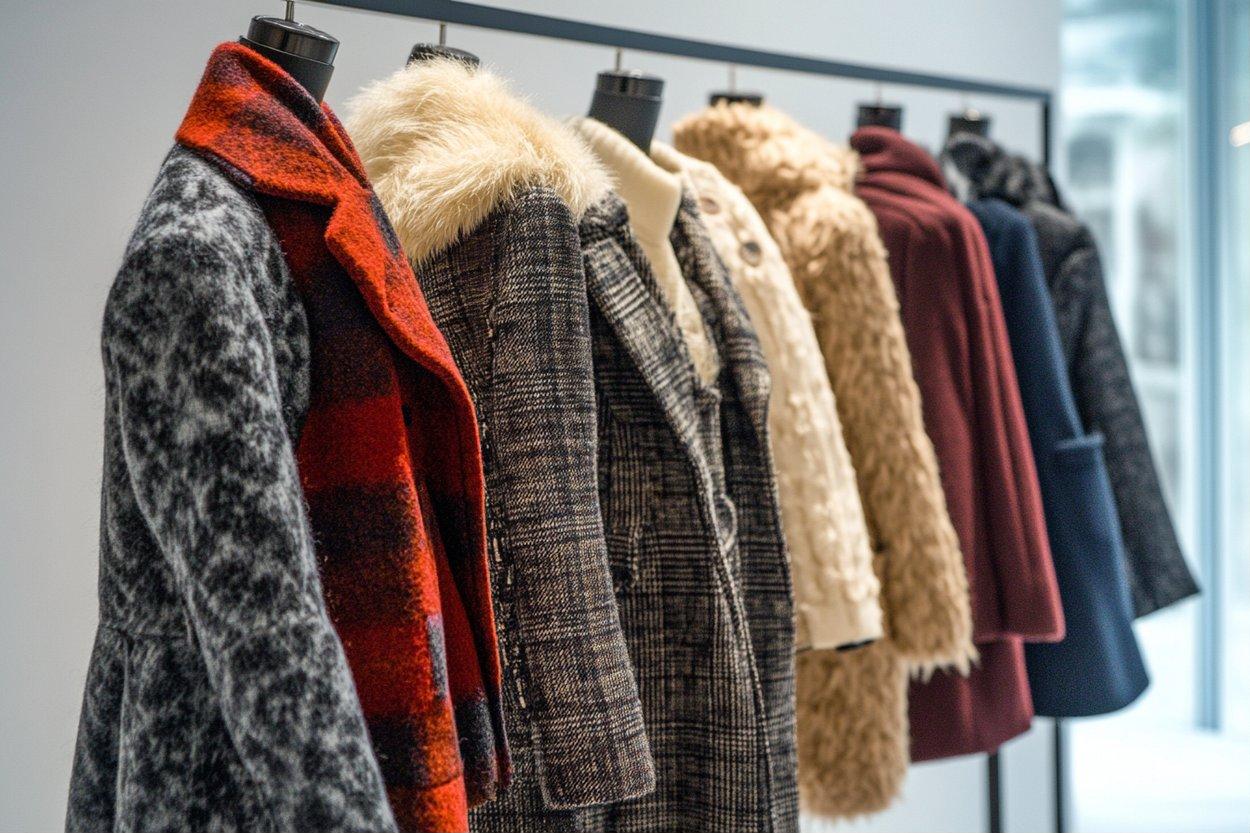Slow Fashion's Silent Revolution: Redefining Wardrobes and Values
The fashion landscape is undergoing a quiet yet profound transformation. As consumers become increasingly conscious of environmental and ethical concerns, a movement known as slow fashion is gaining momentum. This shift represents more than just a change in shopping habits; it's a reimagining of our relationship with clothing, sustainability, and personal expression. Read below to explore how slow fashion is reshaping wardrobes and values across society.

The Genesis of Slow Fashion
The concept of slow fashion emerged as a counterpoint to the breakneck pace of fast fashion. In the late 20th and early 21st centuries, the fashion industry embraced a model of rapid production and consumption, churning out trendy, inexpensive clothing at an unprecedented rate. This approach, while profitable, led to significant environmental degradation and often exploitative labor practices.
Slow fashion, in contrast, advocates for a more thoughtful and sustainable approach to clothing. It encourages consumers to buy less but invest in higher-quality, longer-lasting pieces. This philosophy extends beyond just purchasing habits; it encompasses a holistic view of clothing production, from sourcing materials to manufacturing processes and end-of-life considerations for garments.
Shifting Consumer Mindsets
One of the most significant impacts of the slow fashion movement is the gradual shift in consumer mindsets. People are increasingly questioning the need for constant wardrobe updates and the environmental cost of their clothing choices. This shift is particularly noticeable among younger generations, who are more likely to prioritize sustainability and ethical considerations in their purchasing decisions.
This change in consumer behavior is driven by a growing awareness of the fashion industry’s environmental impact. As information about the ecological footprint of clothing production becomes more widely available, consumers are becoming more discerning about their fashion choices. Many are opting for quality over quantity, choosing pieces that will last longer and have a lower overall environmental impact.
The Role of Technology in Slow Fashion
Interestingly, technology is playing a crucial role in advancing the slow fashion movement. Digital platforms and social media have made it easier for consumers to research brands, understand supply chains, and make informed decisions about their purchases. Additionally, technologies like blockchain are being used to increase transparency in supply chains, allowing consumers to verify the ethical and sustainable credentials of their clothing.
Innovative technologies are also enabling more sustainable production methods. From 3D knitting machines that reduce waste to new recycling technologies that can break down and reuse fibers, technological advancements are making it possible for the fashion industry to operate more sustainably without compromising on style or quality.
Economic Implications of the Slow Fashion Movement
The rise of slow fashion is having significant economic implications for the fashion industry. Traditional fast fashion retailers are feeling the pressure to adapt their business models to meet changing consumer demands. Many are introducing sustainable lines or implementing recycling programs to appeal to environmentally conscious consumers.
Simultaneously, there’s been a rise in smaller, ethically-focused brands that embody the principles of slow fashion. These brands often prioritize local production, fair labor practices, and sustainable materials. While they may not match the scale of fast fashion giants, these smaller companies are carving out a significant niche in the market and influencing broader industry practices.
Cultural Shift: From Consumption to Curation
Perhaps the most profound impact of the slow fashion movement is the cultural shift it’s inspiring. As people embrace slow fashion, there’s a growing emphasis on personal style over fleeting trends. This shift is encouraging a more thoughtful, curated approach to personal wardrobes.
Consumers are increasingly viewing their clothing choices as an expression of their values, not just their style preferences. This has led to a resurgence of interest in vintage and second-hand clothing, as well as a greater appreciation for the craftsmanship and story behind each garment. The slow fashion movement is thus not just changing what we wear, but how we think about clothing and its role in our lives.
In conclusion, the slow fashion movement represents a significant shift in how society approaches clothing and consumption. By encouraging mindful purchasing, sustainable production, and a deeper connection to our wardrobes, slow fashion is redefining not just the fashion industry, but also our values and relationship with material goods. As this movement continues to grow, it has the potential to create lasting change in consumer behavior, industry practices, and our collective approach to sustainability and ethical consumption.





